Singapore's colourful new Indian Heritage Centre mixes history and modernity
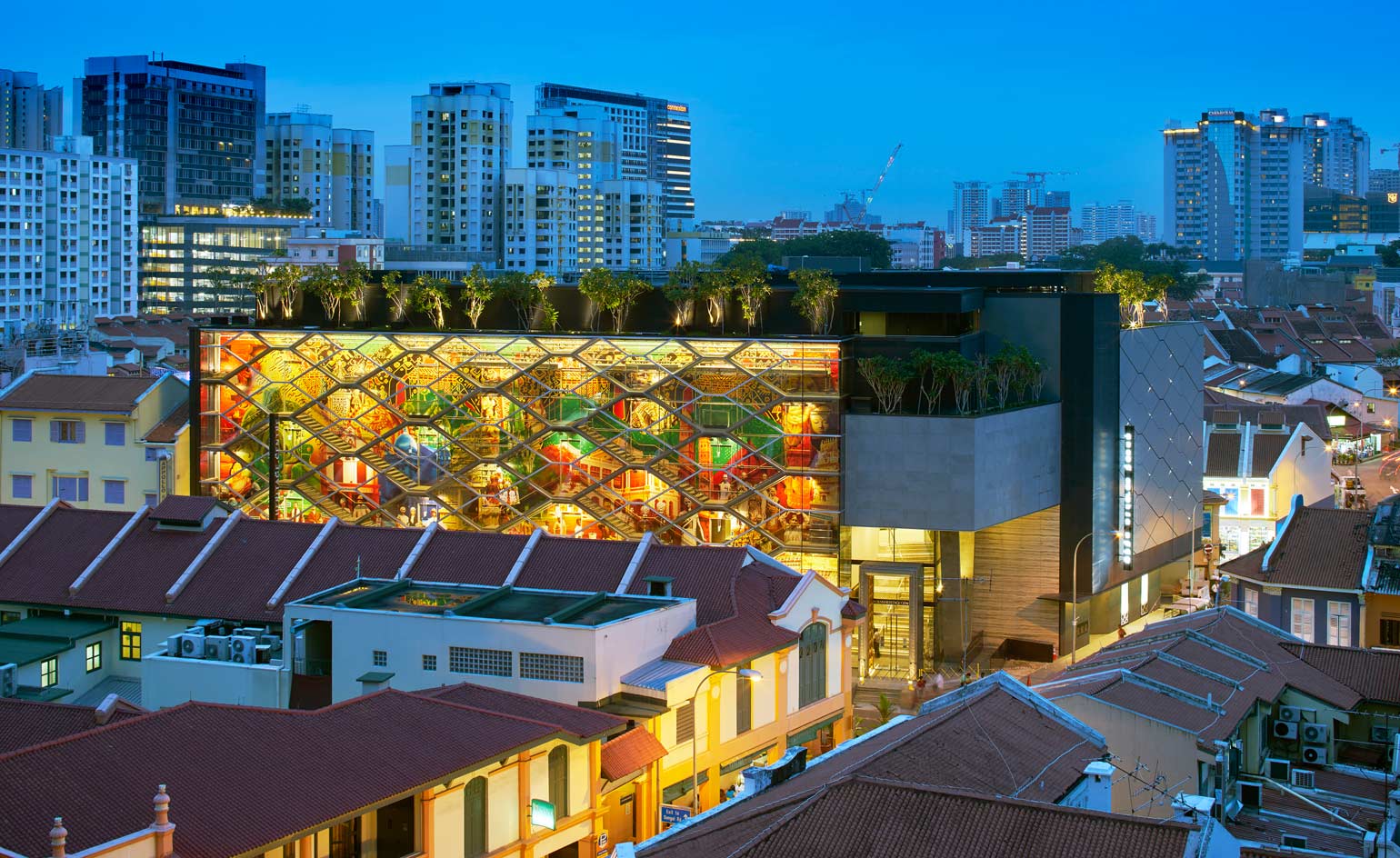
The newly opened Indian Heritage Centre has finally given Singapore's ethnic Indian community a worthy home in which to showcase its cultural riches.
Created by New Zealand-born, Japan-trained, Singapore-based Robert Greg Shand Architects in collaboration with urban design consultants Urbnarc, this design has certainly paid dividends for the sensitive perspective and physical rendition of a culture that is almost 5,000 years old.
Located on Campbell Lane, a buzzy stretch in Little India lined with shophouses, cafes and vendors hawking curios, textiles and tchotchkes, the $12m building stands out with its distinctive transparent façade that layers a trellis of balconies over a huge colourful mural.
The brief, says Shand, was to embrace the vibrant streetscape of the area and its people. It also presented two immediate challenges. The first was to shoehorn a four-storey building with three galleries and community activity spaces into a triangular site that measures only 950 sq m. To that end, a lift doubles as a service lift for transporting exhibits and a passenger lift for visitors, while staircases act as main passages between the galleries and light wells, and windows that look out into Little India and the pedestrianised street below.
The second challenge was to design a building that avoided motifs that were too literal. 'Considering the diversity and multifaceted nature of the Singapore Indian community, we intentionally limited any direct references to traditional Indian architecture and art,' says Shand.
Here, the solution was the trellis of balconies and exposed staircases fronting the building's exterior that is based on the geometry of the baoli - a traditional Indian stepped well that is an important source of water and meeting point for Indian communities - and the peekaboo jali screen commonly found in Indian and Islamic architecture.
In keeping with the chaotic vibrancy of the neighbourhood, the colourful mural backing the trellis - currently, a splashy coloured collage of archival images of shophouses - will be changed regularly. This, says Shand, ensures the building is never static.
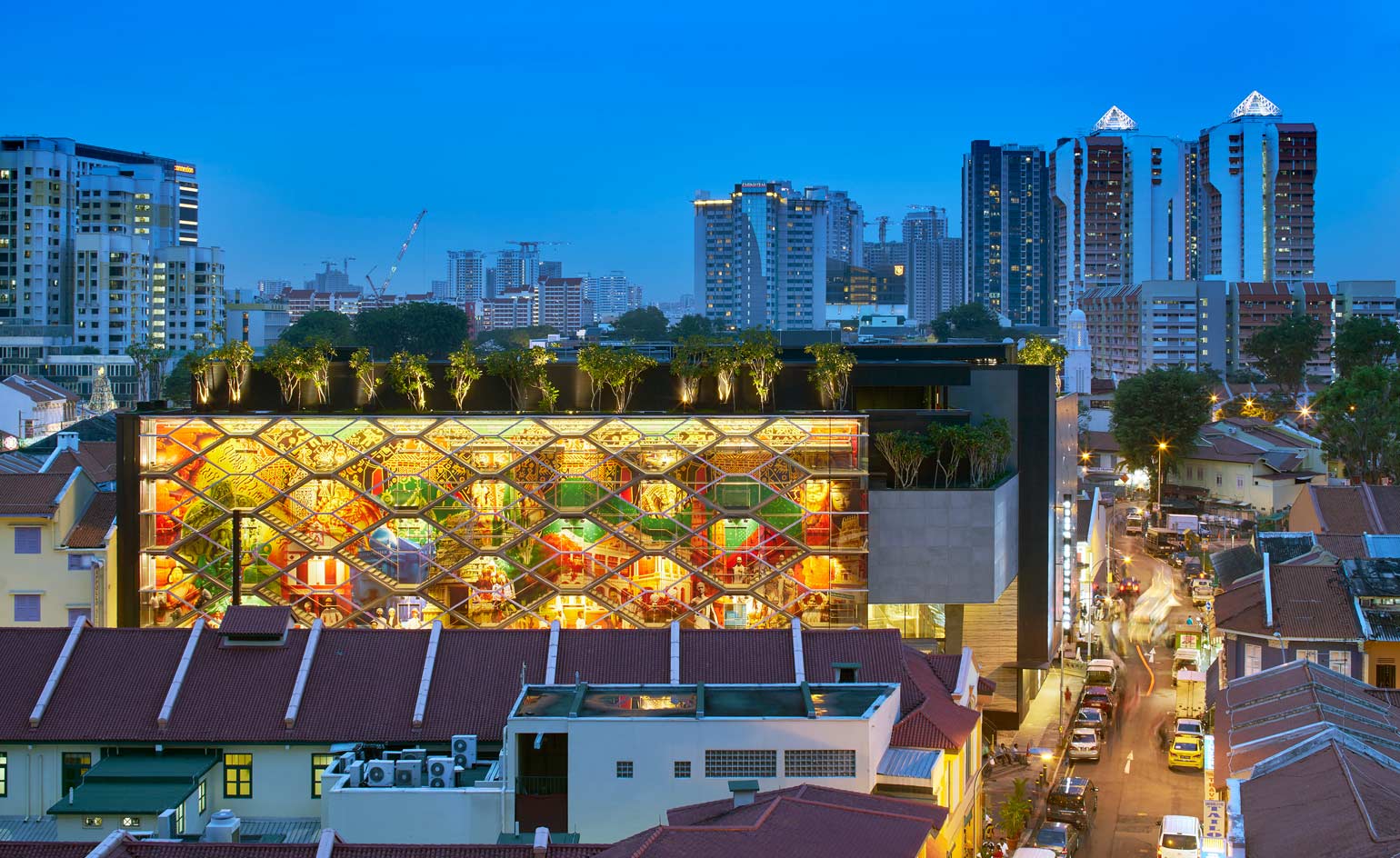
The centre is located on Singapore's Campbell Lane, a busy stretch in the Little India neighborhood

One of the project's challenges involved fitting three galleries as well as community activity spaces into a relatively small, triangular site
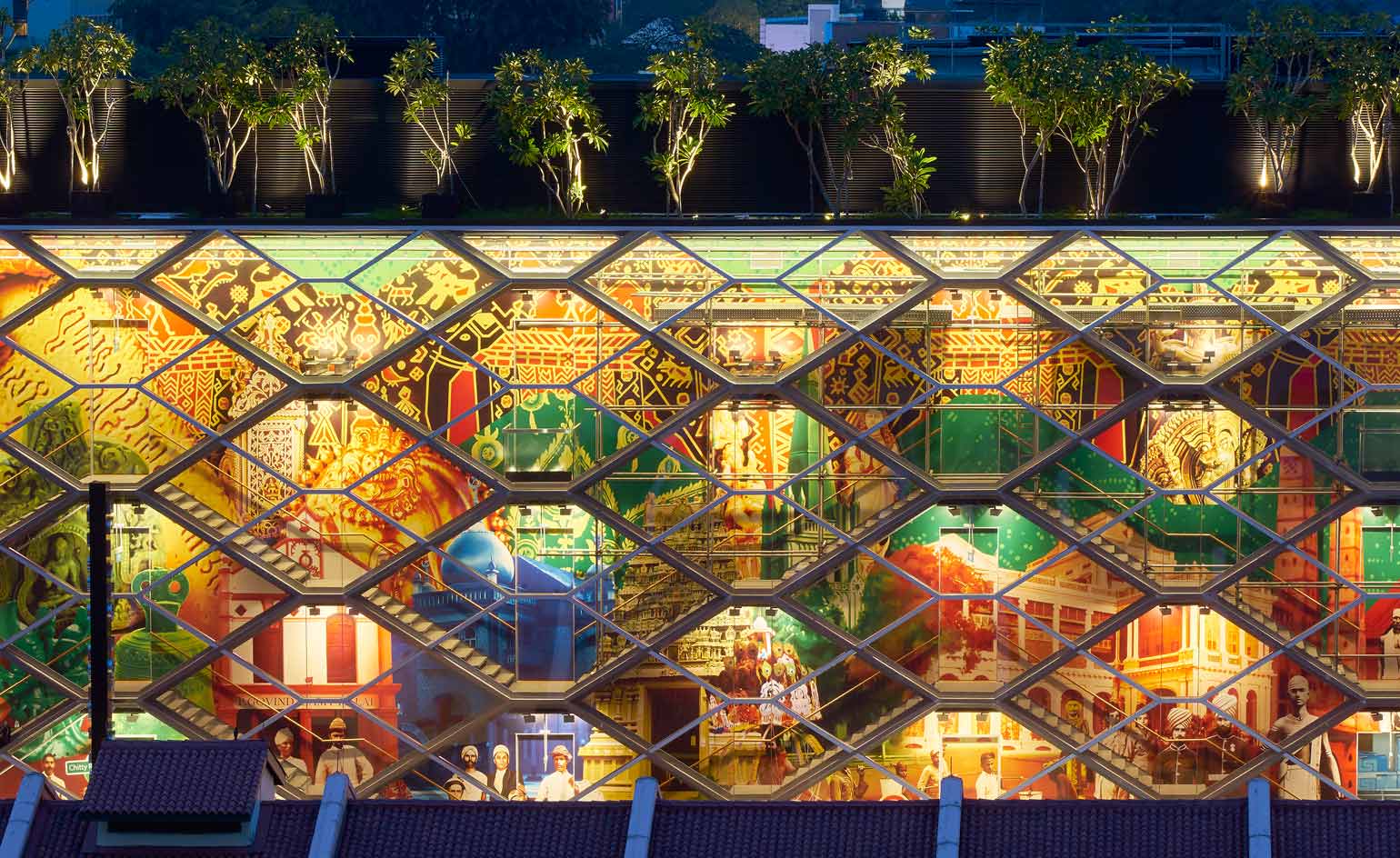
A distinctive colourful transparent façade makes the building stand out

It huge, brightly coloured mural will be changed regularly
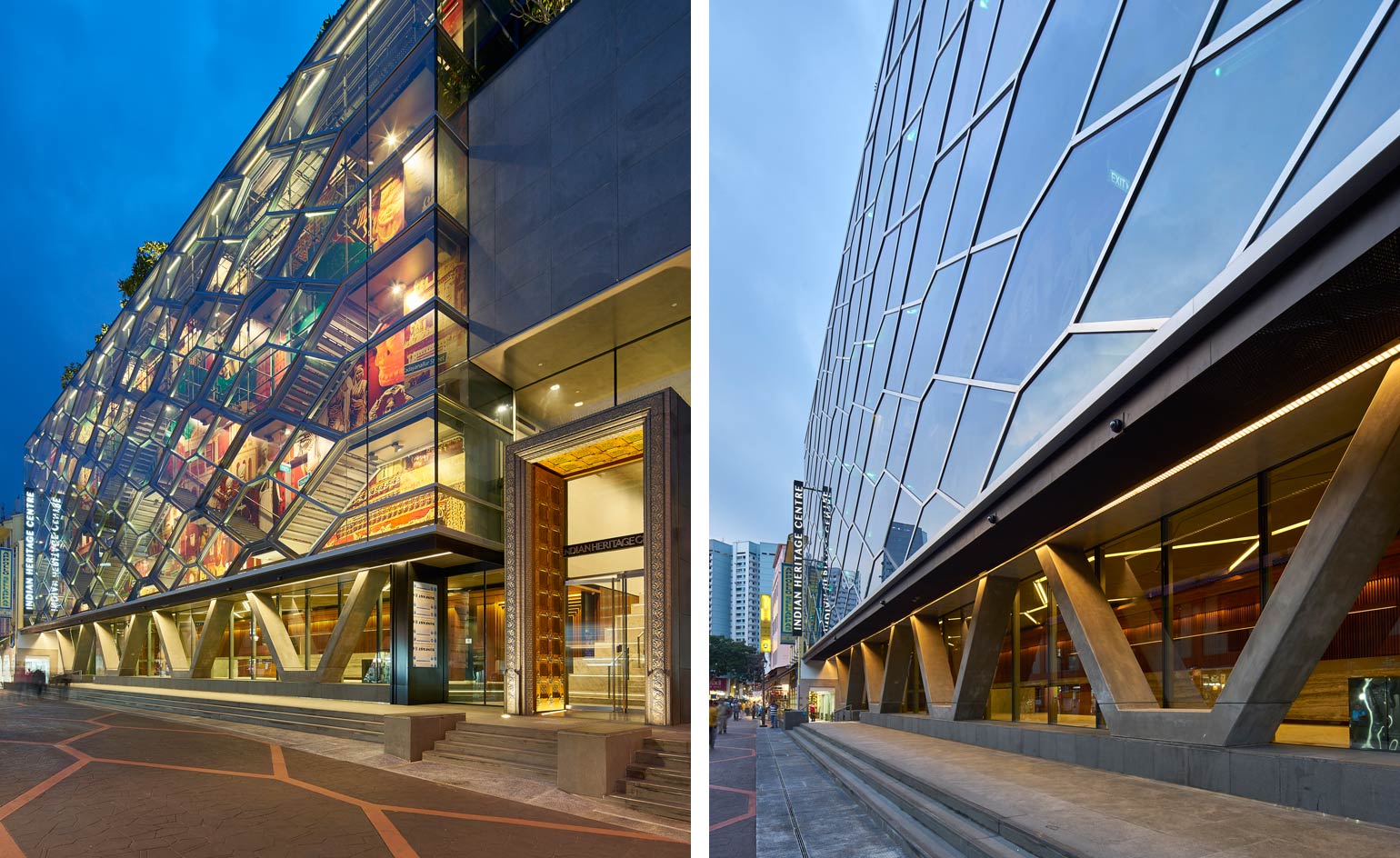
The brief, explains Shand, was to embrace the vibrant streetscape of the area and its people. A combination of the layered, colourful facade and an open ground floor helps achieve this
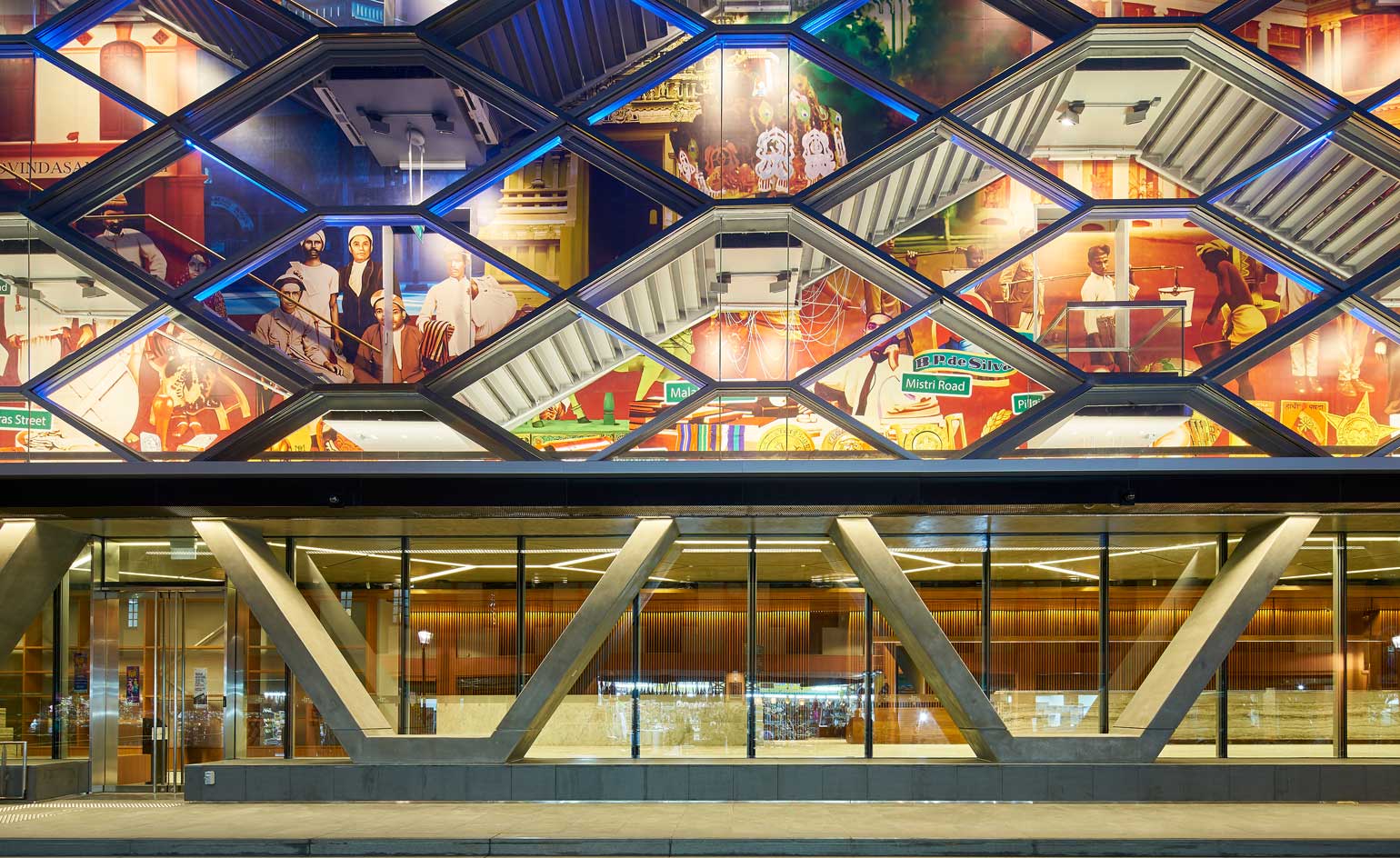
The trellis of balconies and exposed staircases fronting the building's exterior is based on the geometry of the baoli - a traditional Indian stepped well
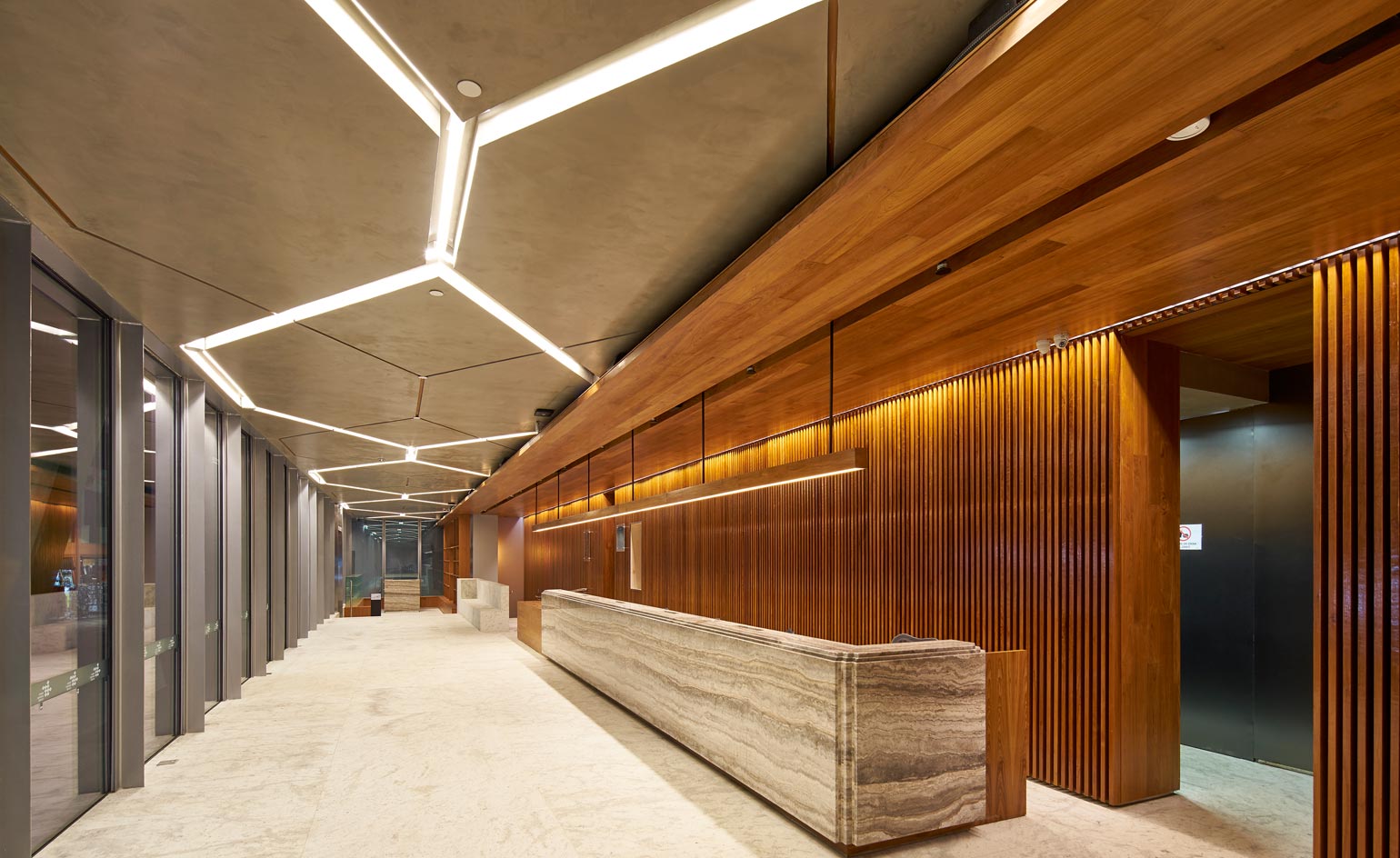
An open and welcoming lobby area on the ground floor greets guests...
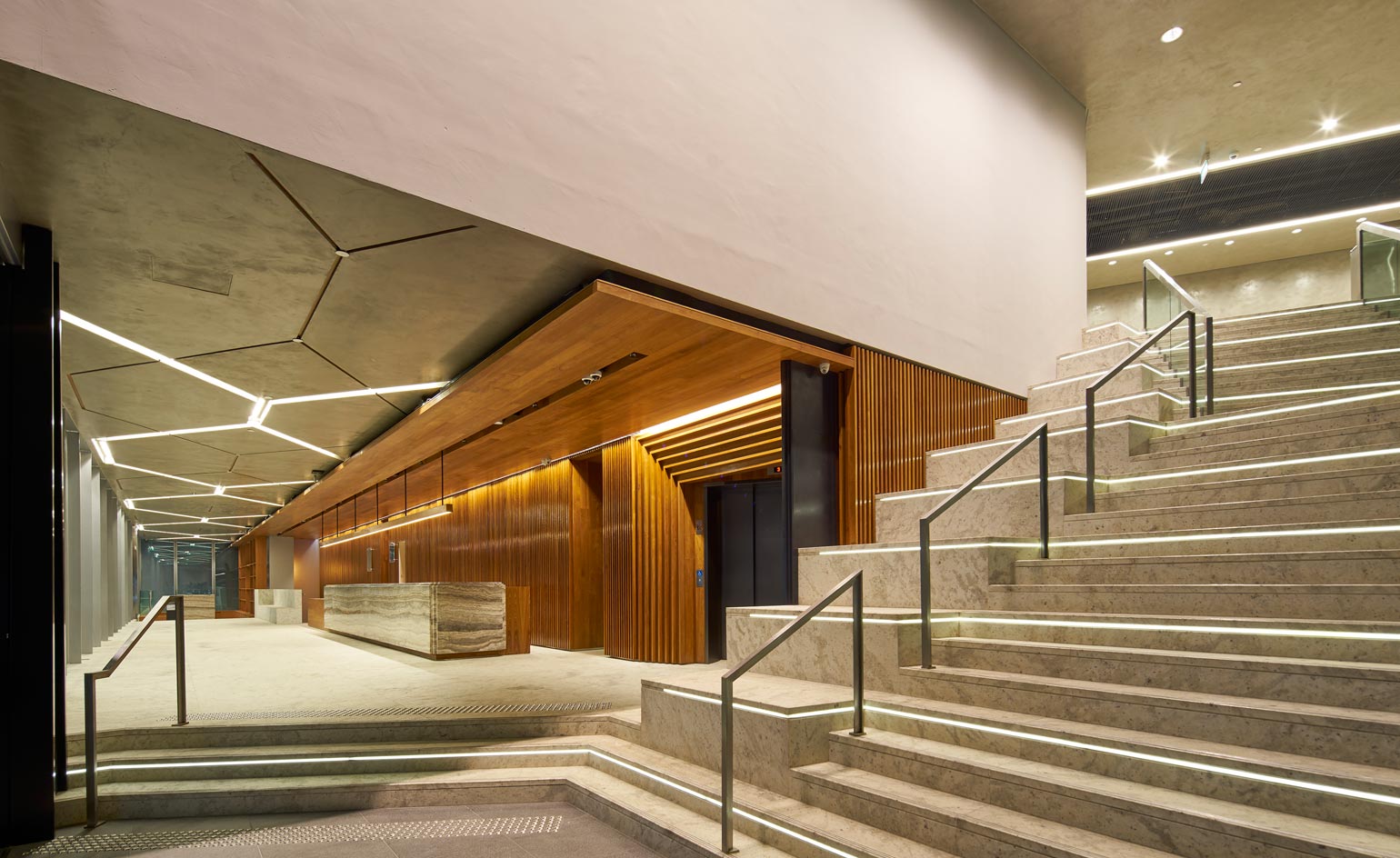
...and leads through to the building's staircase system, which also acts as the main passage between galleries
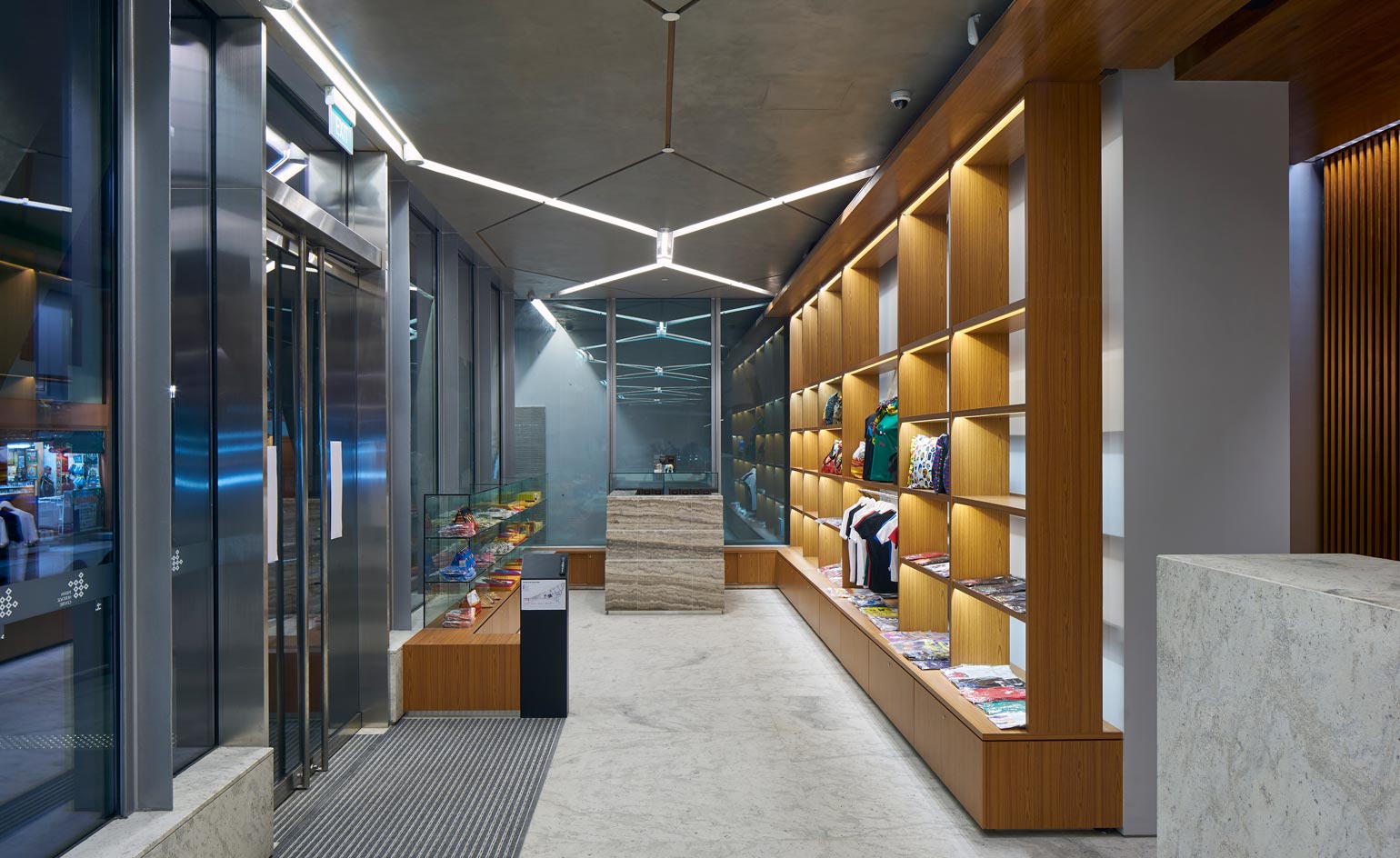
A gift shop in the building's ground level references the area's vibrant shops
ADDRESS
Indian Heritage Centre
5 Campbell Lane
Singapore
Receive our daily digest of inspiration, escapism and design stories from around the world direct to your inbox.
Daven Wu is the Singapore Editor at Wallpaper*. A former corporate lawyer, he has been covering Singapore and the neighbouring South-East Asian region since 1999, writing extensively about architecture, design, and travel for both the magazine and website. He is also the City Editor for the Phaidon Wallpaper* City Guide to Singapore.
-
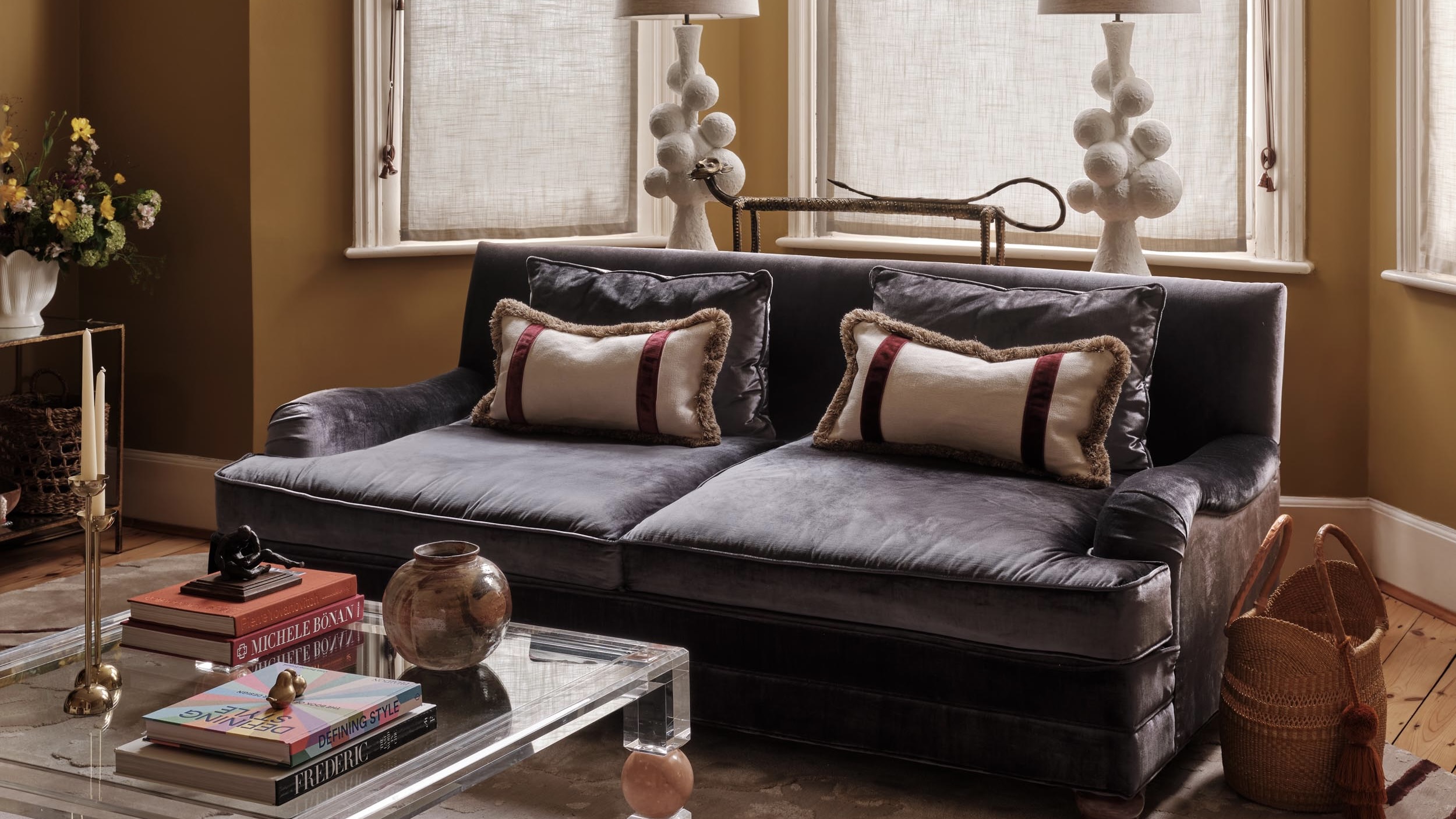 How to elevate a rental with minimal interventions? Charu Gandhi has nailed it with her London home
How to elevate a rental with minimal interventions? Charu Gandhi has nailed it with her London homeFocus on key spaces, work with inherited details, and go big on colour and texture, says Gandhi, an interior designer set on beautifying her tired rental
-
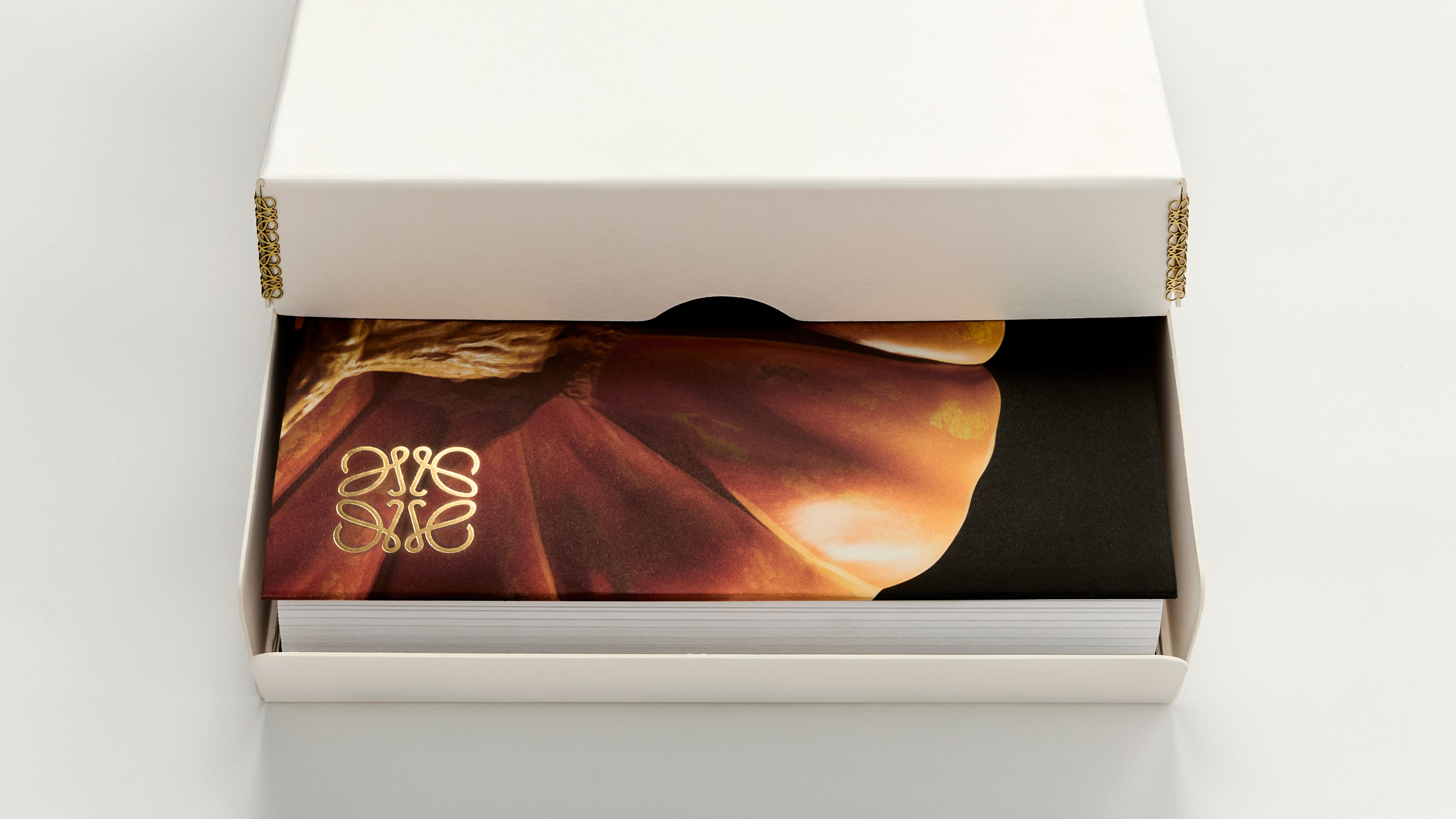 These fashion books, all released in 2025, are the perfect gift for style fans
These fashion books, all released in 2025, are the perfect gift for style fansChosen by the Wallpaper* style editors to inspire, intrigue and delight, these visually enticing tomes for your fashion library span from lush surveys on Loewe and Louis Vuitton to the rebellious style of Rick Owens and Jean Paul Gaultier
-
 Out of office: The Wallpaper* editors’ picks of the week
Out of office: The Wallpaper* editors’ picks of the weekFar from slowing down for the festive season, the Wallpaper* team is in full swing, hopping from events to openings this week. Sometimes work can feel like play – and we also had time for some festive cocktails and cinematic releases
-
 The Architecture Edit: Wallpaper’s houses of the month
The Architecture Edit: Wallpaper’s houses of the monthFrom wineries-turned-music studios to fire-resistant holiday homes, these are the properties that have most impressed the Wallpaper* editors this month
-
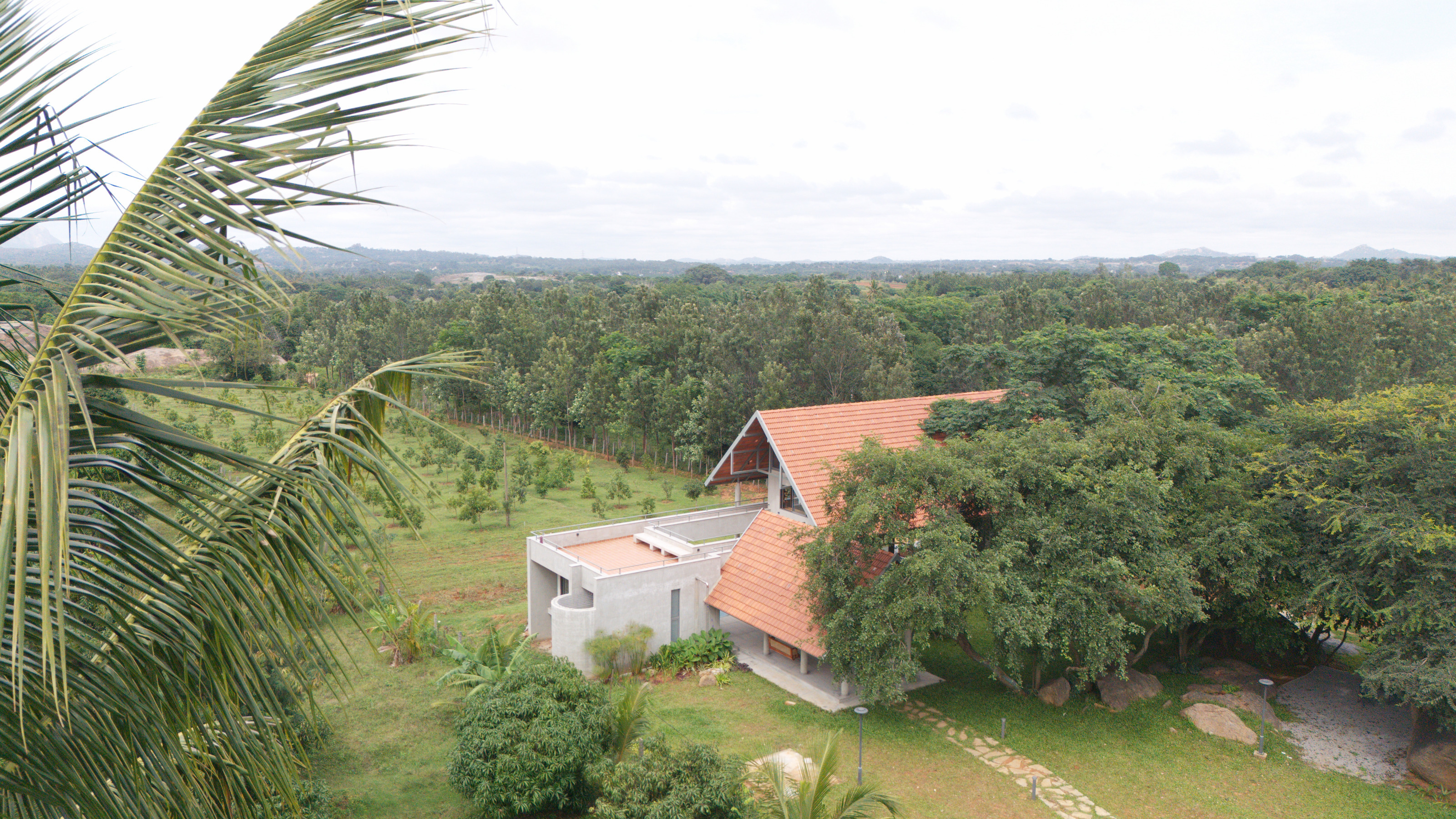 A refined Indian country residence reimagines the farmhouse
A refined Indian country residence reimagines the farmhouseSet among Karnataka’s rolling fields and forest, House by the Grove by Taliesyn Design & Architecture combines modern materials with an open approach to the elements
-
 Half bridge, half home: Wallmakers’ latest project takes architecture to daring new heights
Half bridge, half home: Wallmakers’ latest project takes architecture to daring new heightsHovering above a forest stream in Maharashtra, Bridge House pushes the limits of engineering and eco-conscious design
-
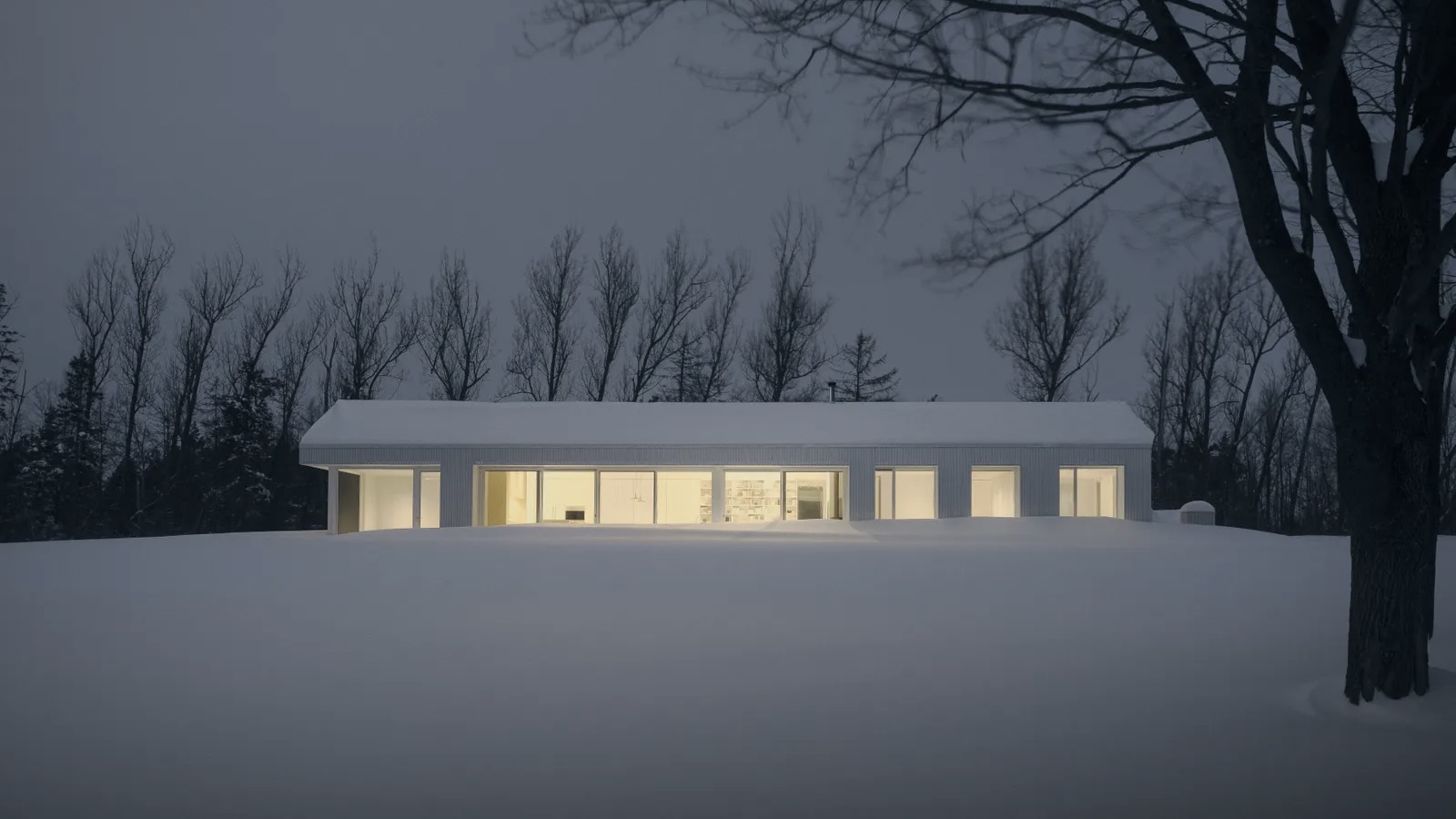 The Architecture Edit: Wallpaper’s houses of the month
The Architecture Edit: Wallpaper’s houses of the monthFrom Malibu beach pads to cosy cabins blanketed in snow, Wallpaper* has featured some incredible homes this month. We profile our favourites below
-
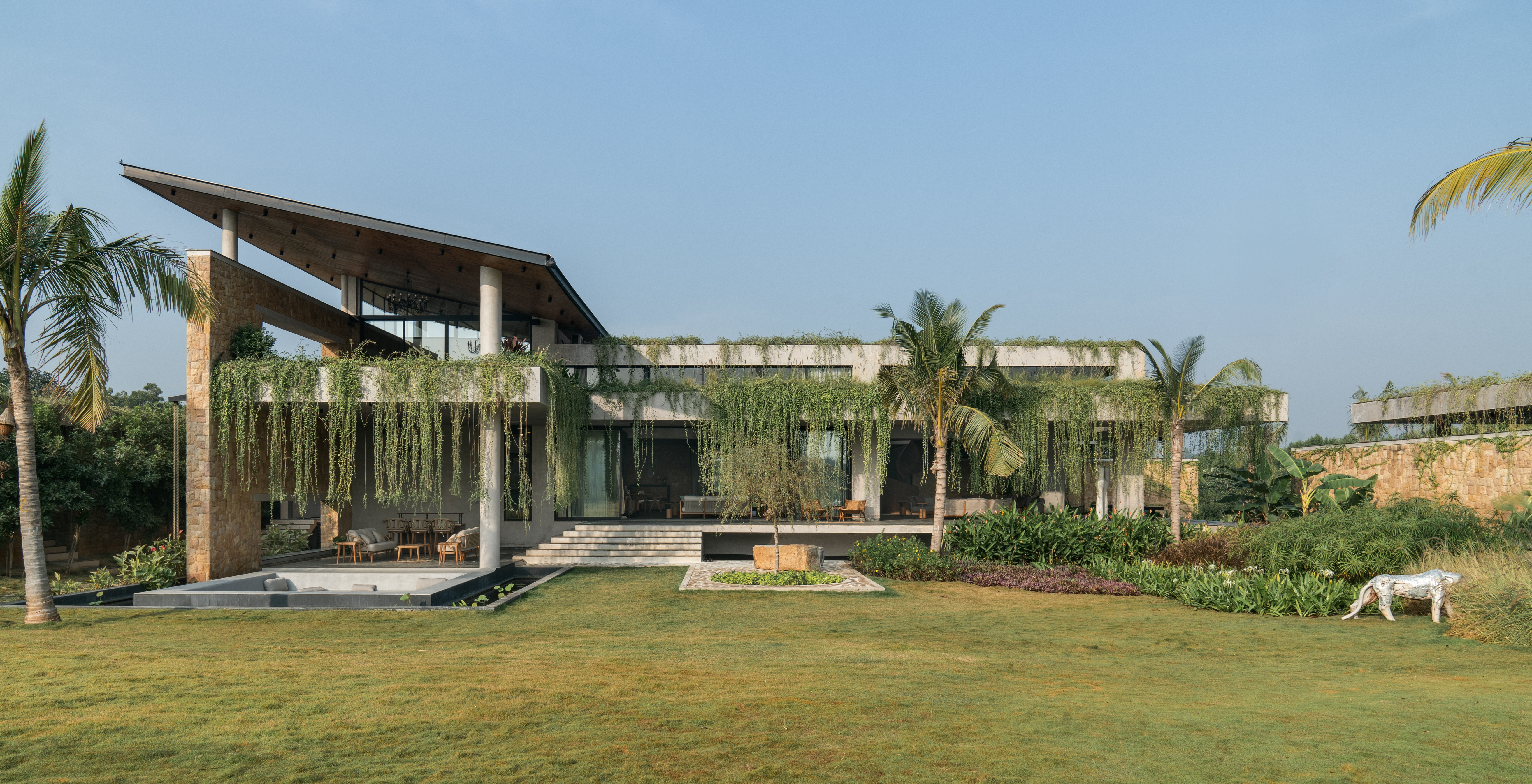 Cascading greenery softens the brutalist façade of this Hyderabad home
Cascading greenery softens the brutalist façade of this Hyderabad homeThe monolithic shell of this home evokes a familiar brutalist narrative, but designer 23 Degrees Design Shift softens the aesthetic by shrouding Antriya in lush planting
-
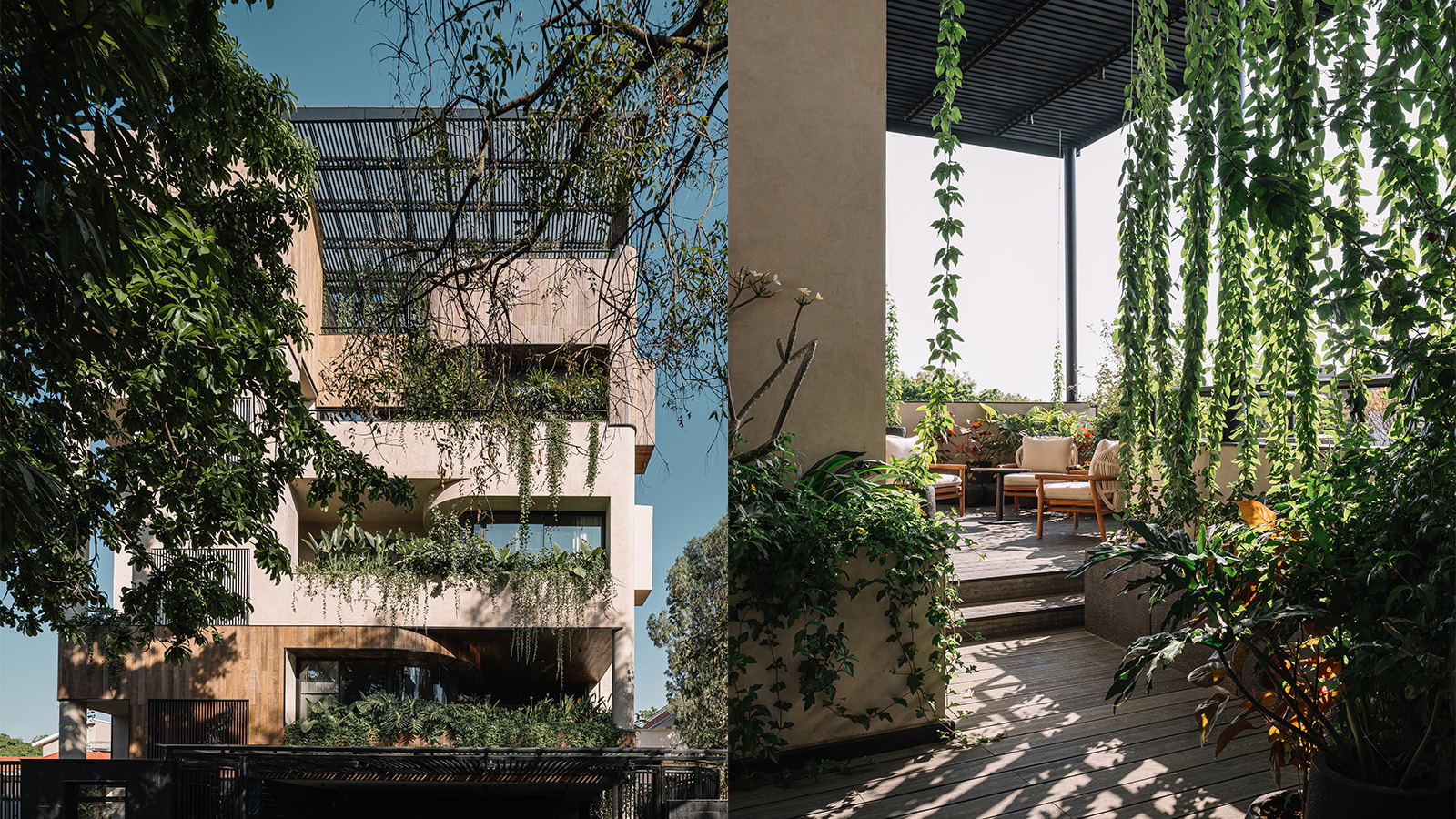 A lush Bengaluru villa is a home that acts as a vessel for nature
A lush Bengaluru villa is a home that acts as a vessel for natureWith this new Bengaluru villa, Purple Ink Studio wanted gardens tucked into the fabric of the home within this urban residence in India's 'Garden City'
-
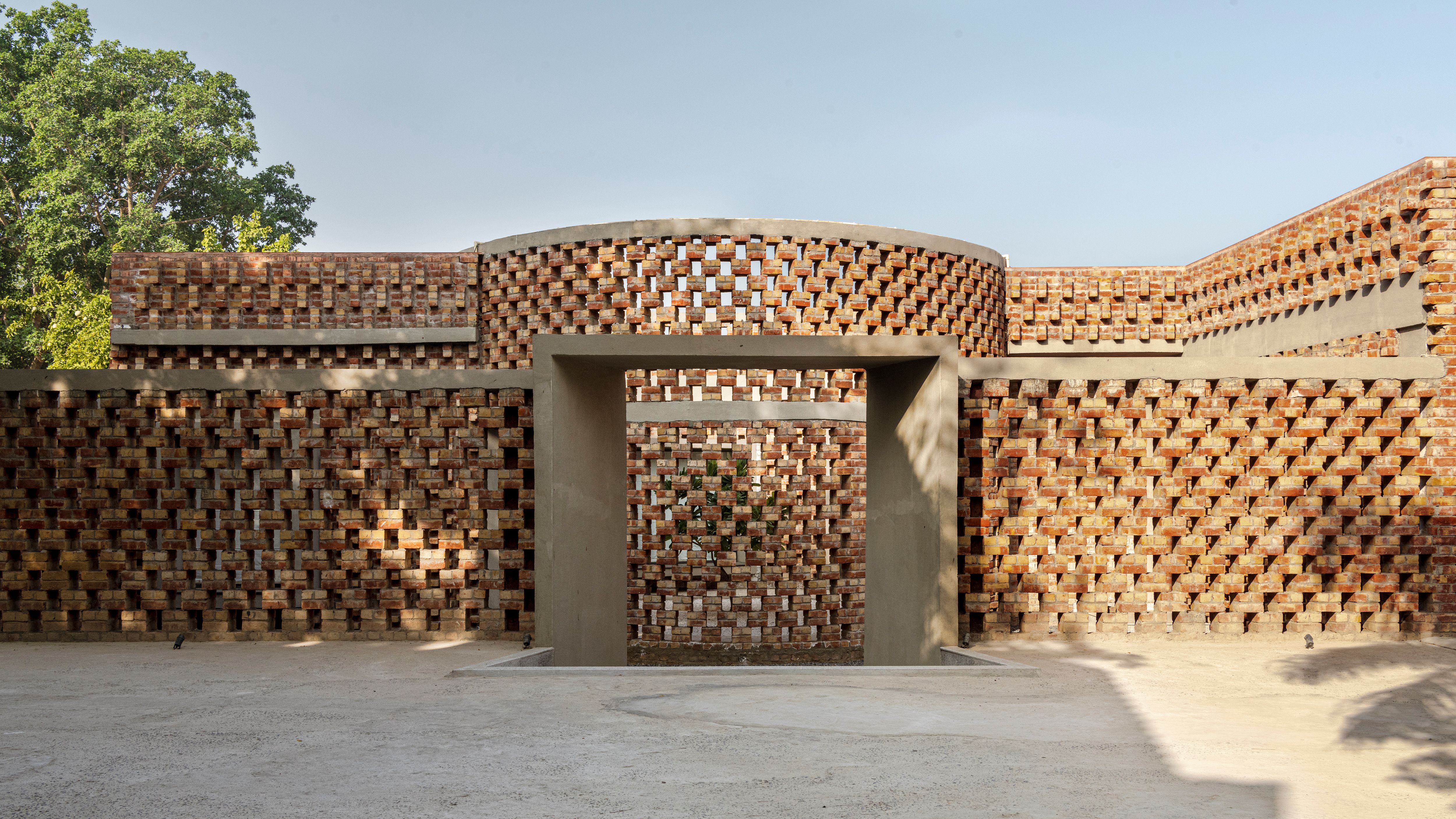 Brick by brick, a New Delhi home honours India’s craft traditions
Brick by brick, a New Delhi home honours India’s craft traditionsRLDA Studio's Brick House works with the building block's expressive potential to create a dynamic residence with a façade that reveals patterns that change with the sun and shadows
-
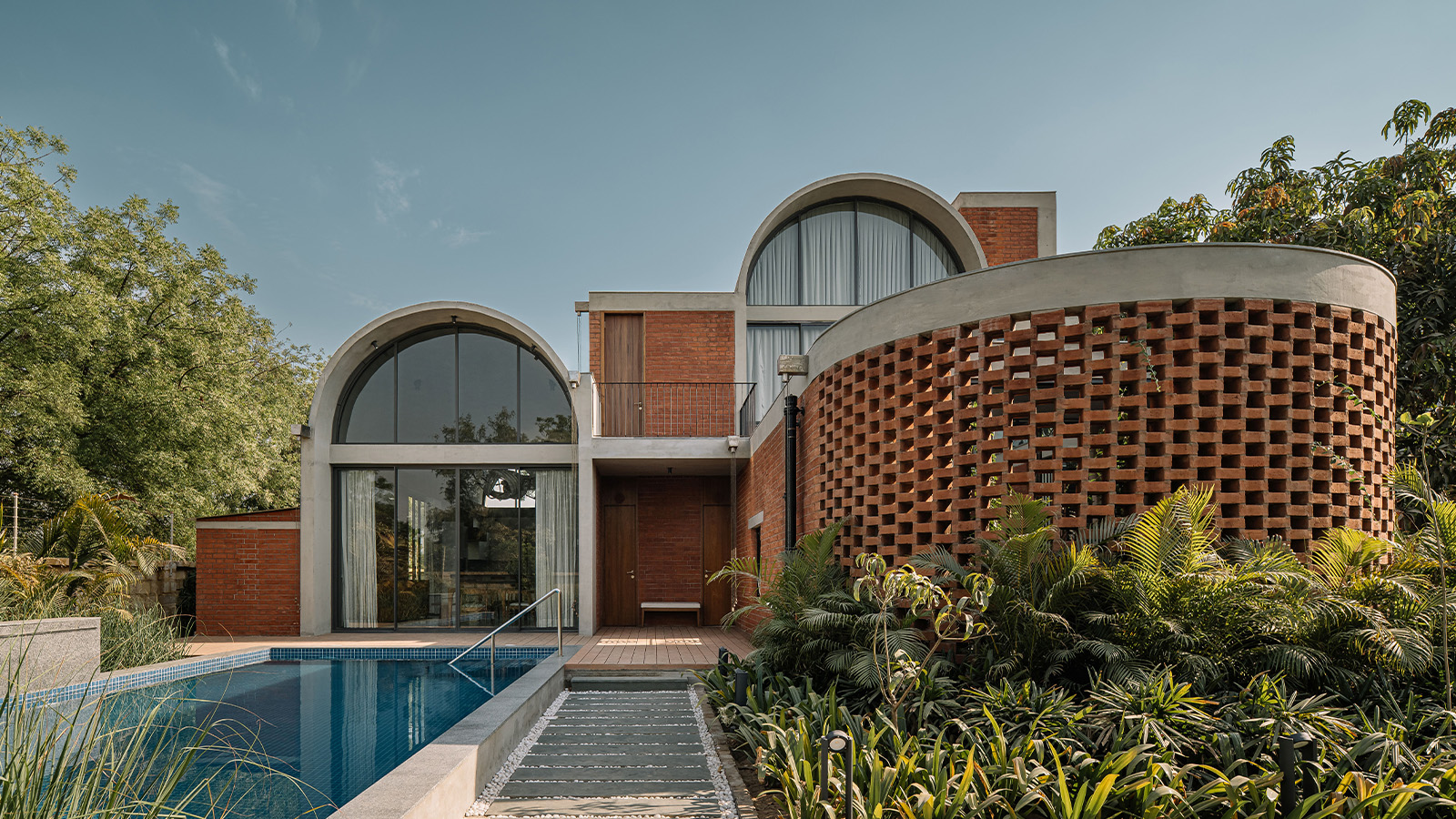 Surrounded by mango trees and frangipani, an Ahmedabad home is a soothing sanctuary
Surrounded by mango trees and frangipani, an Ahmedabad home is a soothing sanctuaryAhmedabad home Teen Vaults, designed by Vaissnavi Shukl, is a family residence grounded in materiality and bold architectural language